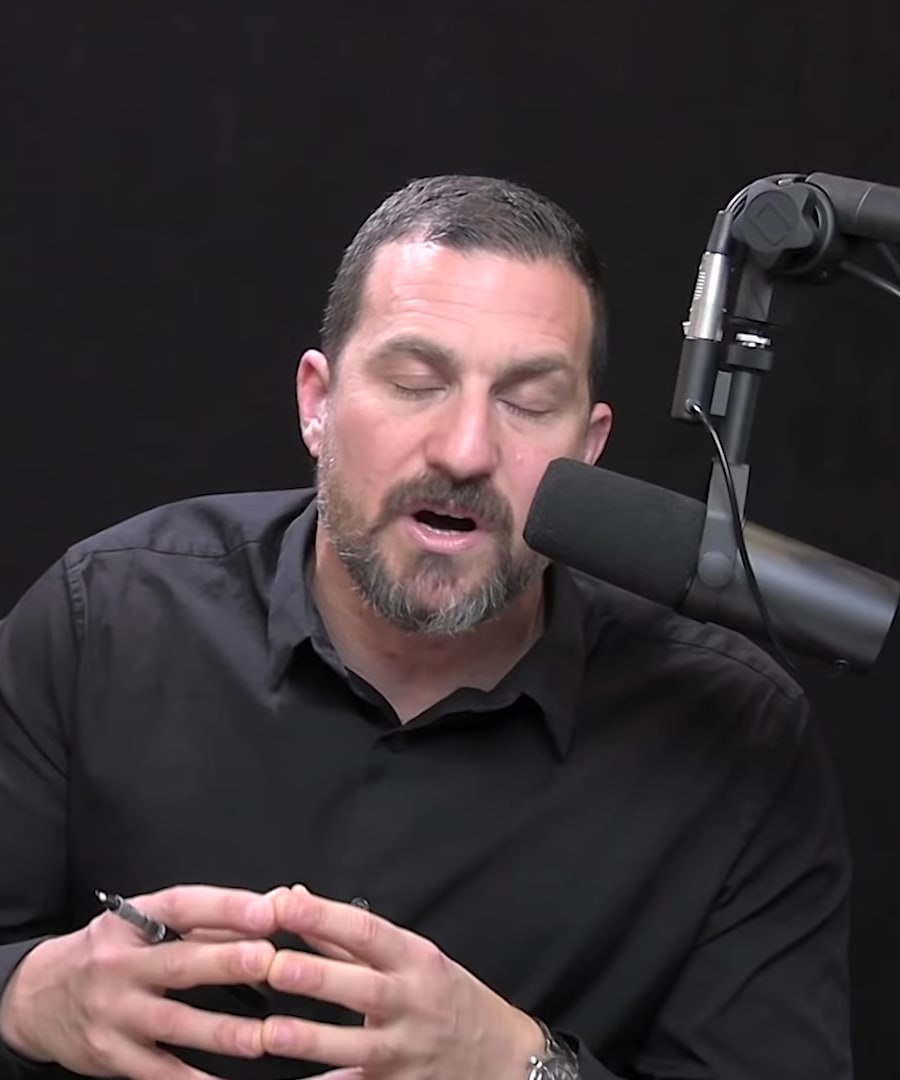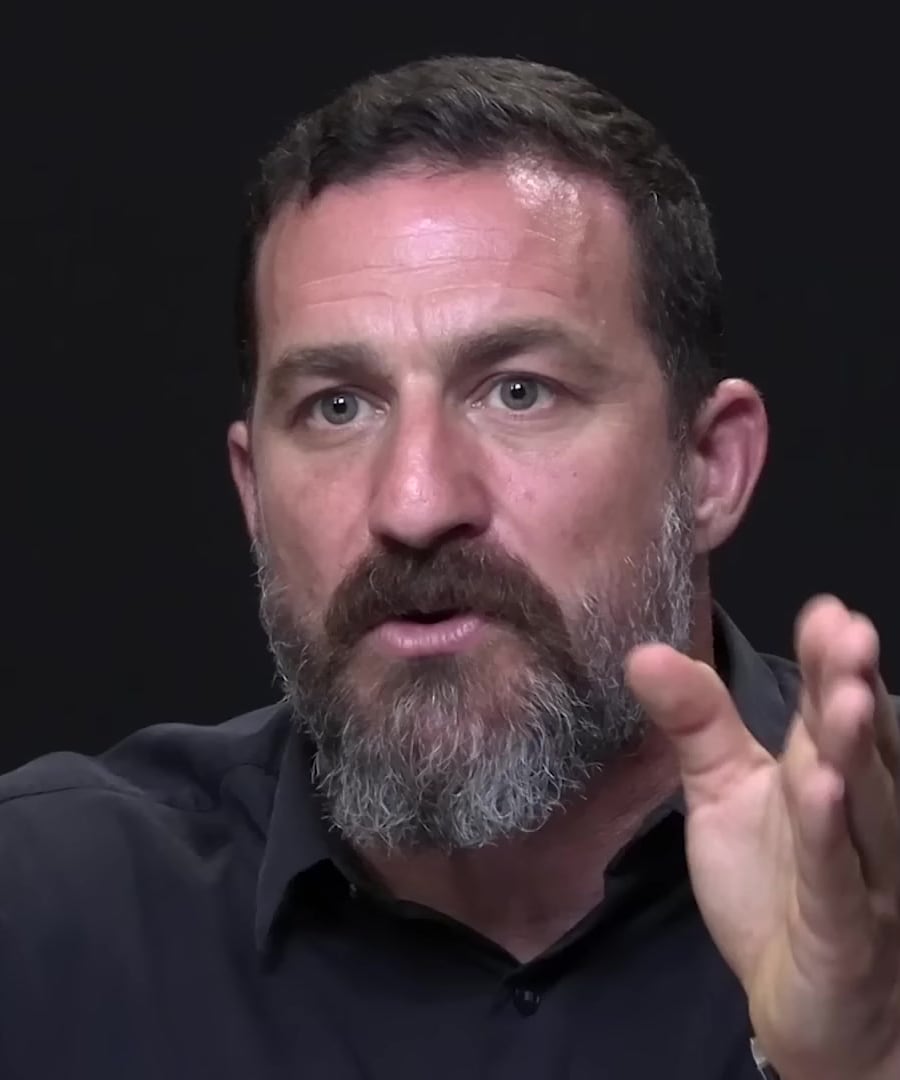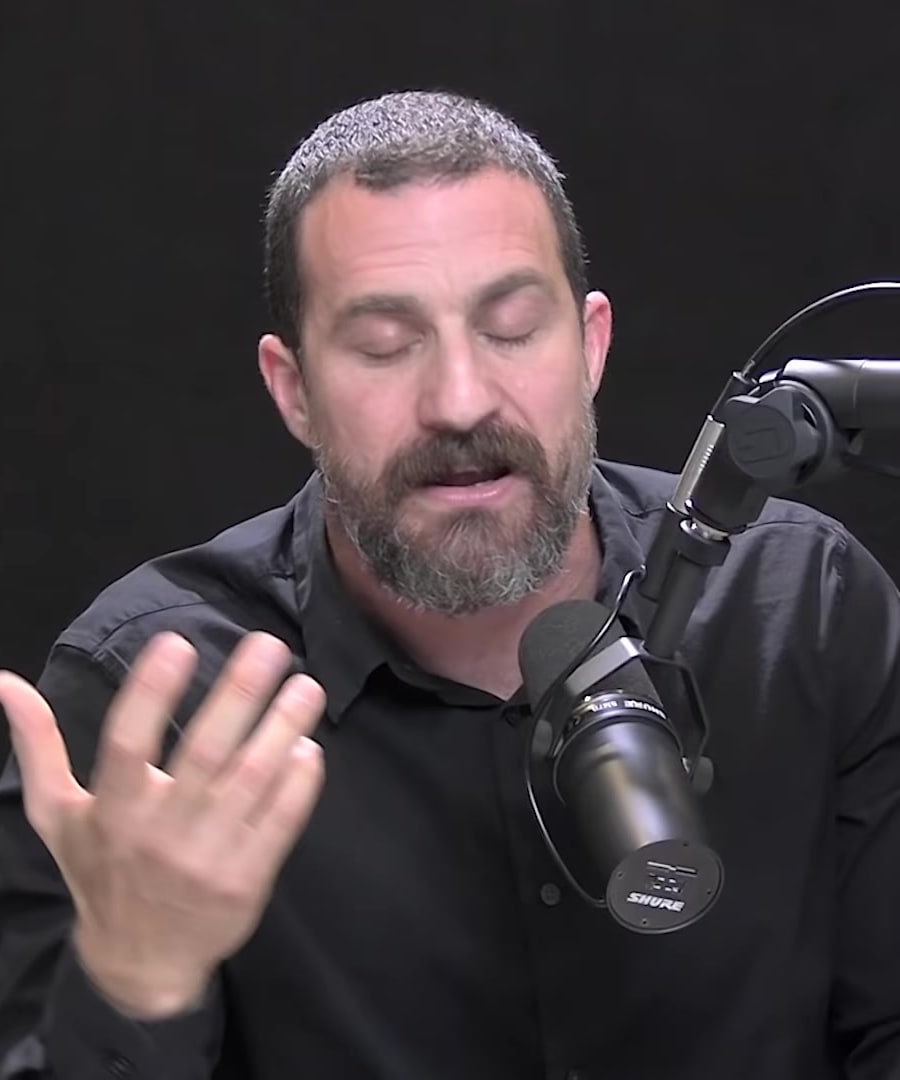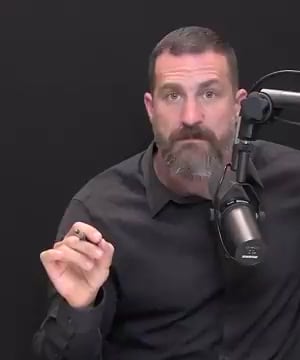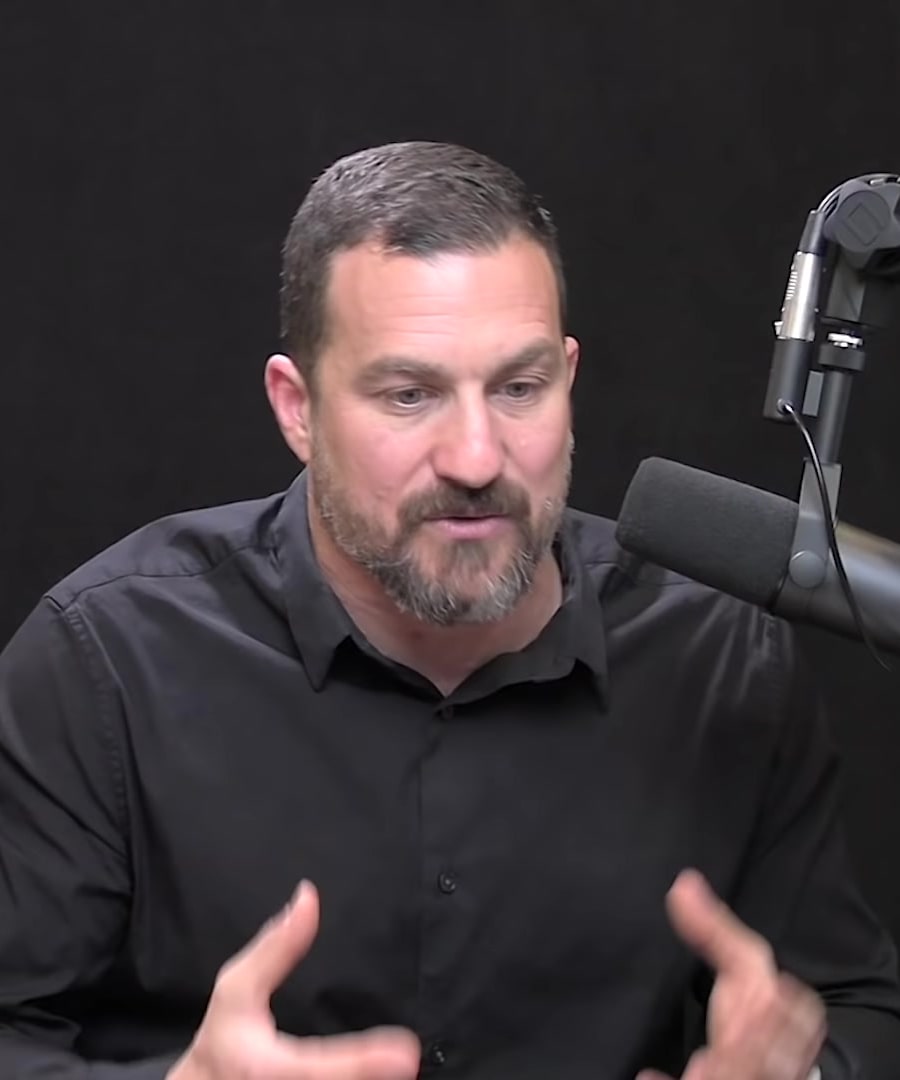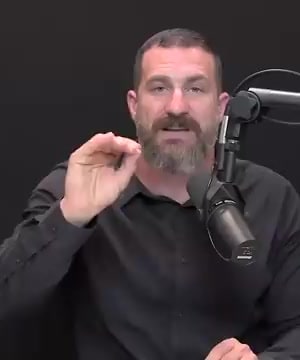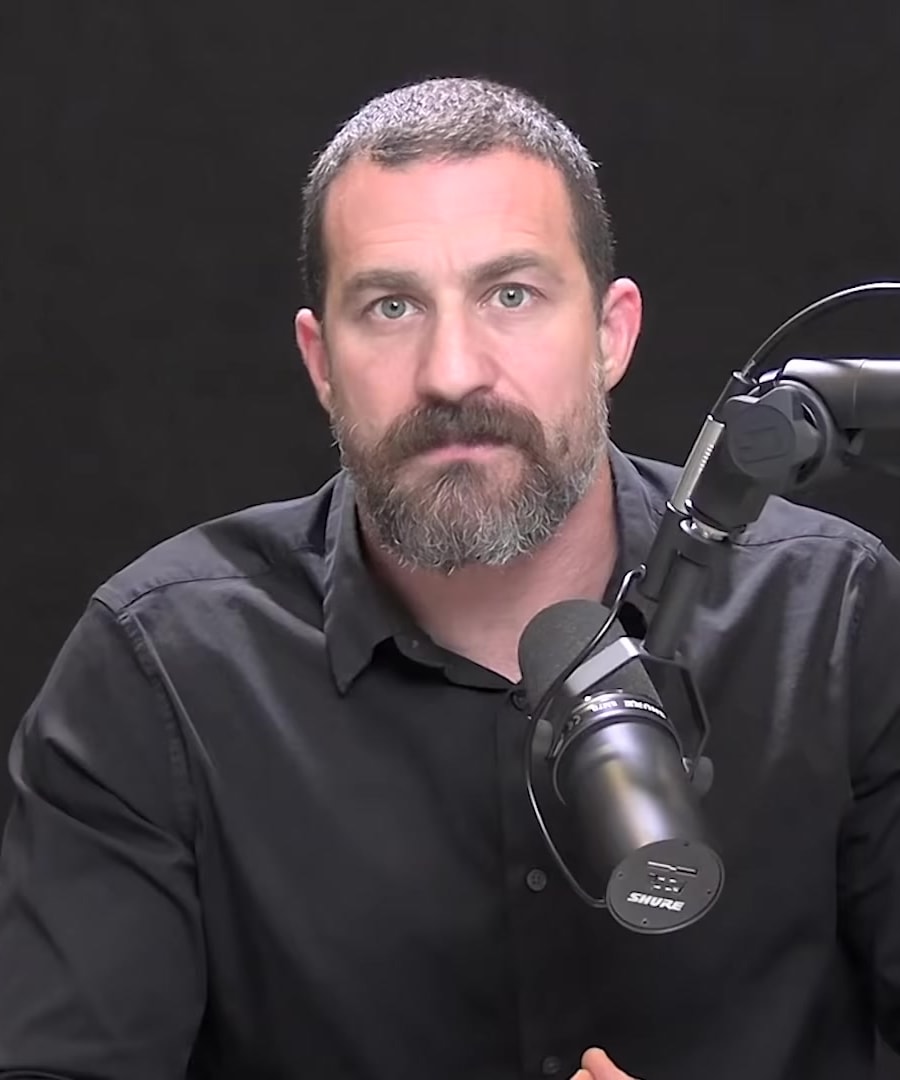How does visual focus work?
Sources:
Visual focus is a fundamental aspect of how we interact with the world around us. explains that we have two options when focusing visually: either concentrating on a very small region of space with a lot of detail or expanding our gaze to take in larger portions of visual space with less detail. This phenomenon is due to the varying densities of receptors in different parts of our retina—specifically, our fovea, which is packed with receptors and gives us high-resolution vision in the center of our visual field.
When we focus our eyes, a few things happen. Our eyes move in what's called a vergence movement towards a common point, and our lens adjusts to narrow down our cone of visual imagery. This brainstem activation triggers the release of neurochemicals that heighten our alertness and arousal levels. By concentrating our visual attention, we can harness this mechanism to improve our cognitive focus. This is because our cognitive system typically follows our visual focus. For example, focusing on a point for 30 to 60 seconds can anchor our mental attention and prepare our brains for goal-directed activity, whether it be for study, work, or physical training 1 2 3 4 5 6 7.
The strategy of narrowing our visual attention has been shown to be particularly effective for goal pursuit. Research led by Emily Balcetis has found that focusing visual attention on a goal line, for instance, can enhance the effectiveness of reaching that goal. This technique has been documented as effective for several types of goals, including athletic objectives. Long-distance runners, for example, use narrowed attention strategically, particularly as a race progresses and in the final stretches 8.
By understanding how visual focus functions, we can consciously employ our gaze to manage and improve our mental focus and concentration, thus enhancing performance in various activities.
RELATED QUESTIONS
